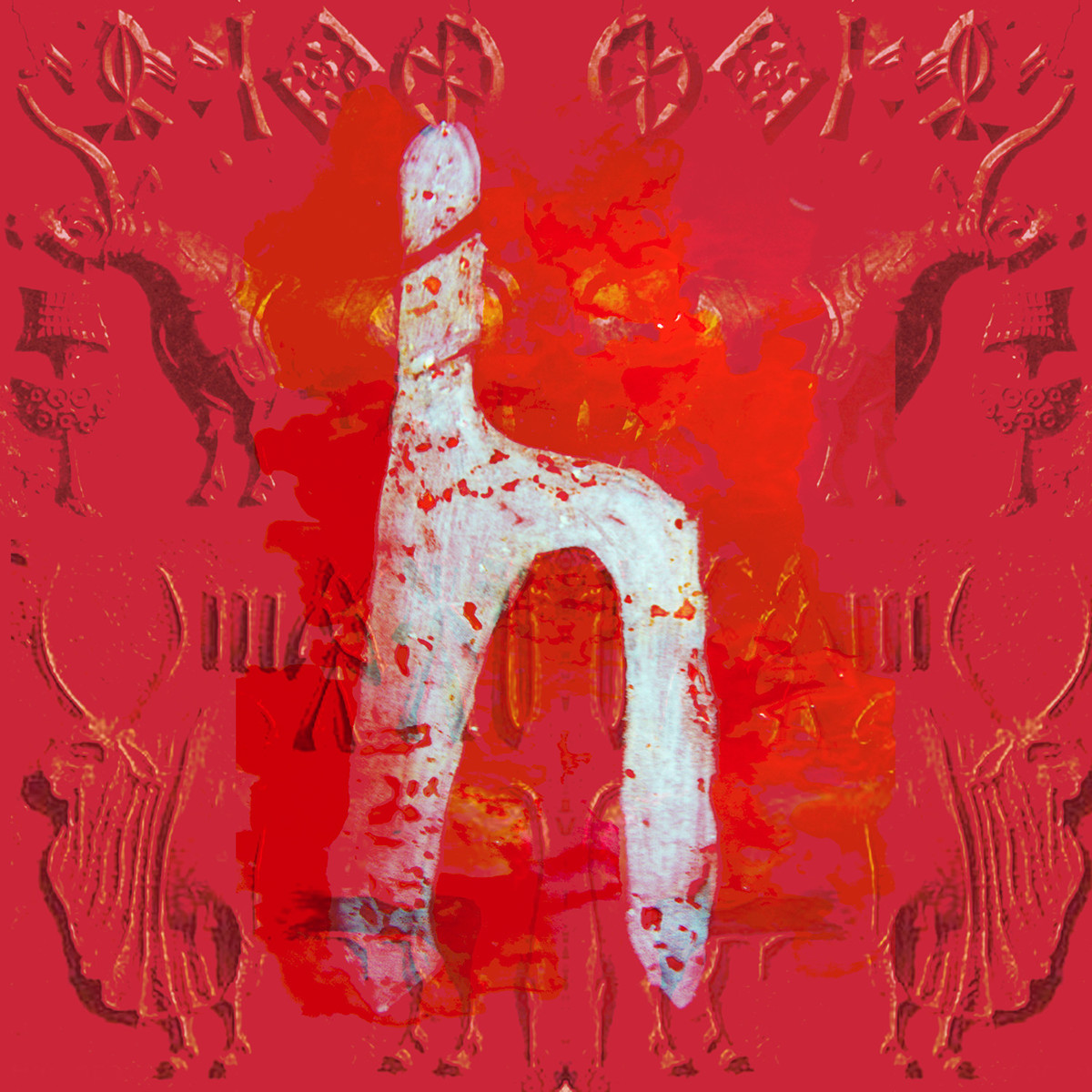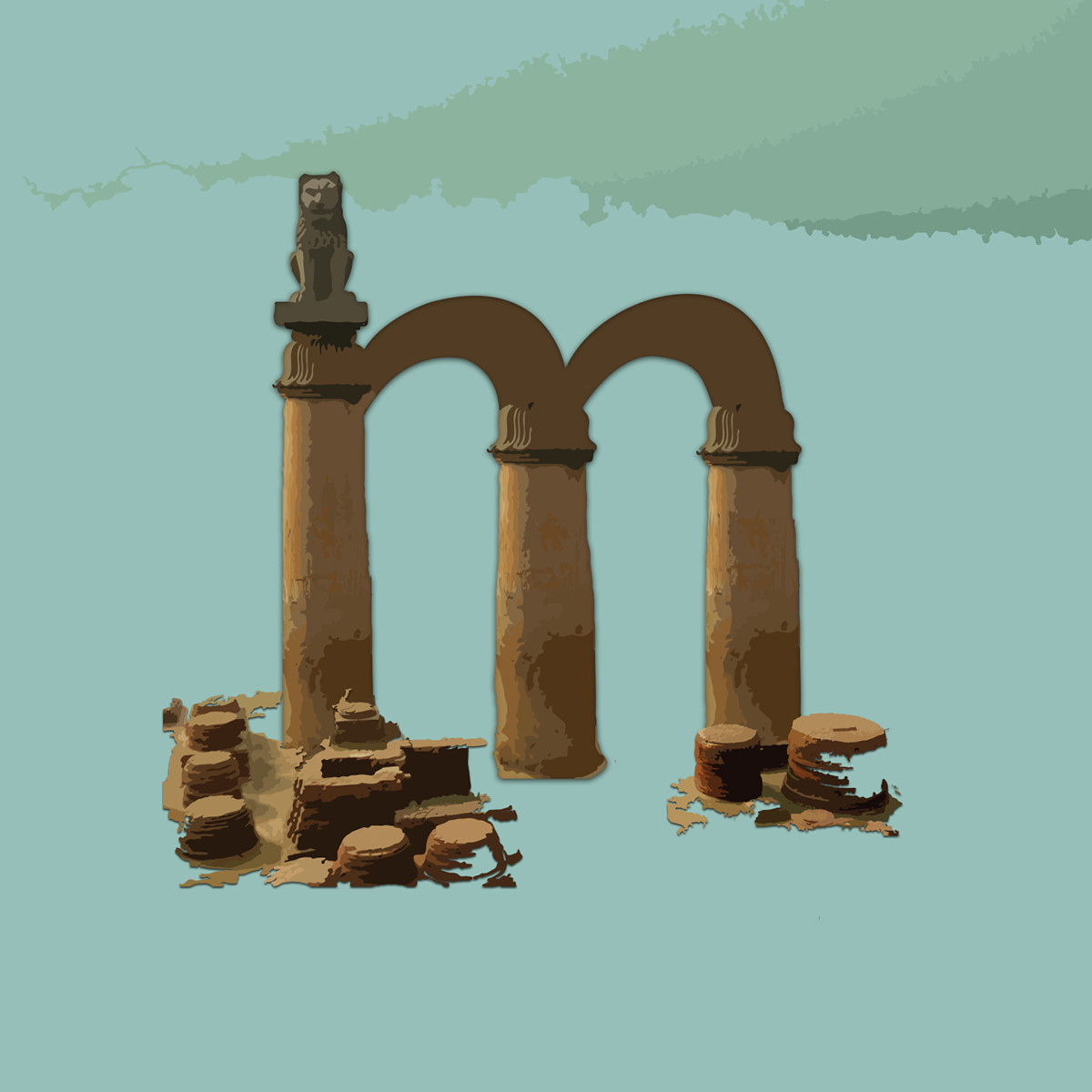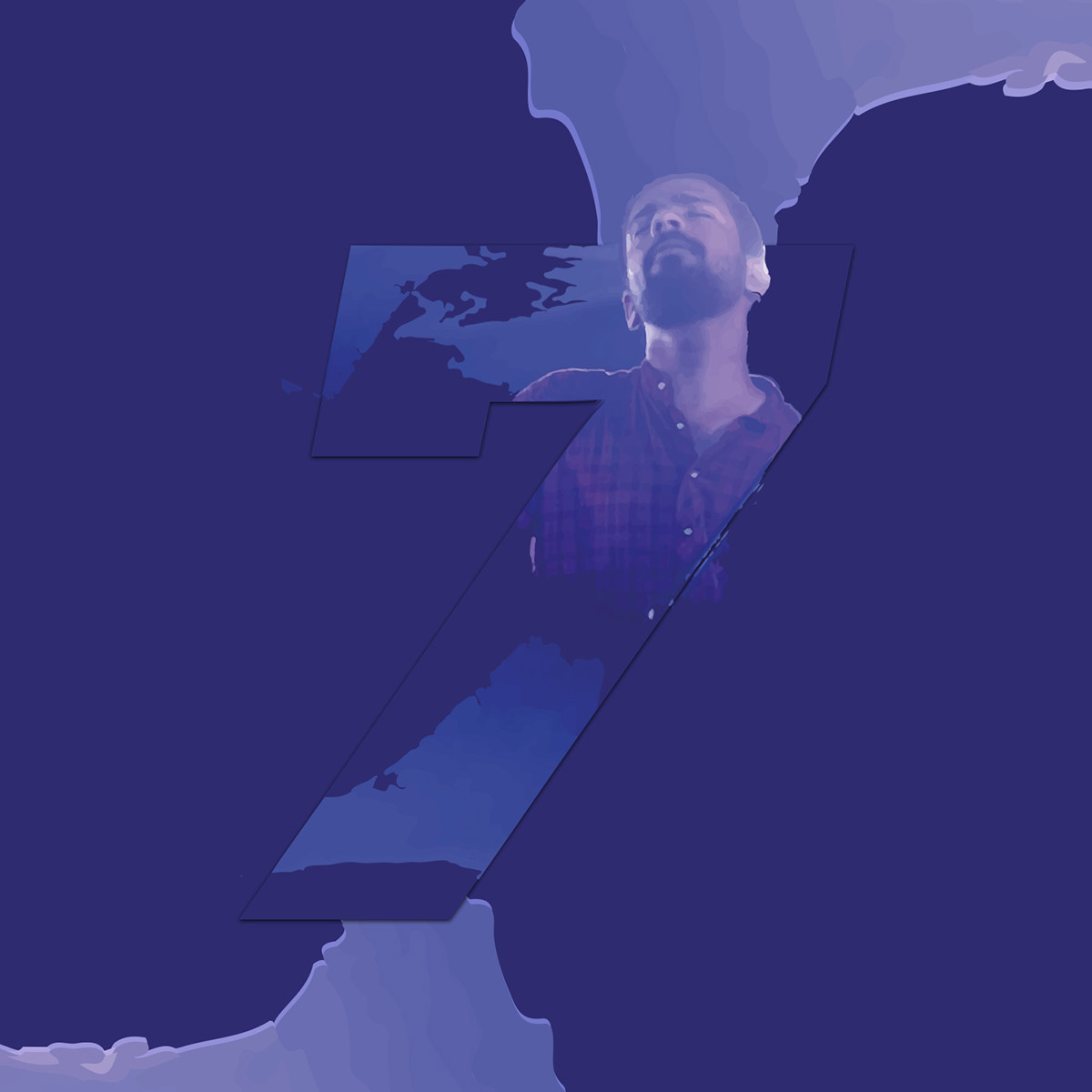
36 Days of Type is a project that invites Designers, Illustrators and Graphic Artists to express their particular view on letters and numbers of the alphabet. As a part of the project, I've tried to visualize the alphabets through iconic empires and dynasties that thrived and fell, around the world.

'A' inspired by the Mexica Aztec Empire in all its glory during the 15th century.

'B' inspired by the famous mosaics of the Byzantine Empire.

'C' inspired by the prosperous Qing/Ching Empire that spread over China between 1644-1912.

'D' inspired by the Delhi Sultanate that spread over the Indian subcontinent between 13th to early 16th century.

'E' inspired by crowns worn by people in power within the Egyptian empire. The Egyptian era extends over a long period and is often denoted in two phases- Ancient Egypt and the New Kingdom.

'F' as a modified fleur-de-lis, which is often associated with the French monarchy. The three petals of the symbol represented the medieval social classes: those who worked, those who fought, and those who prayed.

'G' inspired by the gear worn by the Spartan army of the ancient Greek civilization. Sparta was unique in ancient Greece, given its military pre-eminence where its social system and constitution focused on military training and excellence.

'H' inspired by the excavation and discovery of the Harappan Civilization which thrived several thousand years ago in the Indus Valley.

'I' inspired by the Incan Empire, which was the largest Empire in pre-Columbian America. It was founded in the 1430s.

'J' inspired by the paintings produced during the Tokugawa period in Japan. It was the final period of traditional Japan under the military dictatorship founded by Tokugawa Ieyasu. The art produced heavily relied on flora and fauna depictions and use of gold foil.

'K' inspired by the coinage of the Kushan Empire. The coins were issued in gold. The coins had the deity on one side and the king on the other. These coins have been a major source of knowledge about Kushan political history.

'L' inspired by the arms of the Latin Empire of Constantinople.

'M' inspired by the pillar remains of the great Mauryan Empire. It was a historical power source, covering almost all of India from 320-180 BCE.

'T' inspired by the Reichsadler or the imperial eagle used as a power symbol in Nazi Germany. The symbol in combination with the 'swastika' was used to represent the dictatorship under Adolf Hitler and the NSDAP during the 1930s-1940s.

'U' inspired by the Dome of the Rock, sanctioned under the Umayyad Caliphate. It was completed under the order of Abd al-Malik.

'V' inspired by the Viking helmet. The Vikings were Germanic Norse seafarers who raided and traded across wide areas of northern and central Europe, during 8th to 11th century.

'W' inspired by the 52-inch Claymore of William Wallace. He was a Scottish knight who played an important role in the wars of Scottish Independence from the British. My first memory of him was while playing Age of Empires II.

'X' inspired by the knife coins issued under Wang Mang of the Xin Dynasty, Chinese Empire. One bronze knife coin was worth 5000 round copper coins or 5000 Wu Shu. 5000 Wu Shu approximated to 60 grams of gold. Thus the knife coin had an enormous purchasing power.

'Z' inspired by the Zoroastrian symbol of Faravahar. Zoroastrianism as a religion entered recorded history in the 5th-century BCE.
I decided to change the theme to depict the numbers. The numbers are dedicated to my friends and family.

Tangled within the Chestnut Tree; Brishbhanu Baruah

Paradise; Tanvi Dhobale

Brighter than Sunshine; Ritika Singh

Voluptuous; Mridupankhi Rajkumari

Melancholy; Kshitiz Sharma

Enchantress; Avanti Chhatre

Gentle Giant; Anurag Mantha

A Rush of Emotions; Ankush Chandran

Dog '8' my homework; Thor

A Beauty so fine; Asha Borkar






